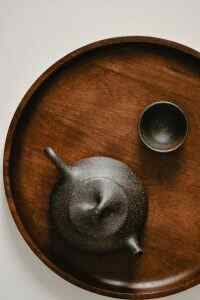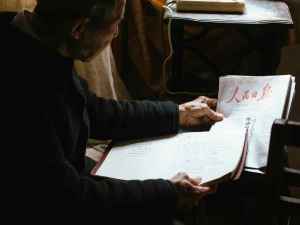Hardy Women: The Life of Thomas Hardy and His Relationships with Women
Introduction
In Paula Byrne’s captivating biography, “Hardy Women,” she delves into the intricate and intriguing life of Thomas Hardy, renowned English novelist and poet. Byrne’s work meticulously examines Hardy’s relationships with the various women who profoundly influenced his life and literary career. She masterfully paints a vivid portrait of Hardy’s world, shedding light on the personal dramas and emotional turmoil that fueled his creative genius.
Hardy’s Unhappy Marriage and His Love Affairs
At the heart of Byrne’s narrative lies Hardy’s tumultuous marriage to his first wife, Emma. Byrne meticulously documents the gradual deterioration of their relationship, from their initial passion to their eventual estrangement and mutual unhappiness. She also explores Hardy’s extramarital affairs, particularly his relationships with the younger women Florence Dugdale and Gertrude Bugler, which further complicated his domestic life.
The Women in Hardy’s Life
Byrne’s exploration extends beyond Hardy’s immediate family, delving into the lives of the other women who influenced him, including his sisters, his mother, and various female acquaintances. She paints a rich tapestry of characters, each with their unique experiences and perspectives, shedding light on the broader social and cultural context of Hardy’s life and work.
Hardy’s Female Characters
The book dedicates a substantial section to Hardy’s female characters, analyzing their portrayal in his novels and exploring the insights they offer into his understanding of women. Byrne examines Hardy’s ability to capture the complexities of the female psyche, his empathy for their struggles, and his nuanced exploration of their relationships with men.
Strengths and Weaknesses of the Book
While Byrne’s research is commendable and her writing is often engaging, “Hardy Women” is not without its drawbacks. The narrative can feel disjointed at times, as Byrne jumps between different women and time periods, making it challenging to maintain a cohesive flow. Additionally, the sheer volume of information presented can be overwhelming, and some readers may find the level of detail excessive.
Conclusion
Despite its flaws, “Hardy Women” remains a valuable contribution to the study of Hardy’s life and work. Byrne’s comprehensive approach provides a deeper understanding of the author and his complex relationships with women. While the book may not be an easy read, it is sure to captivate those interested in Hardy’s life and the role of women in his literary world.









